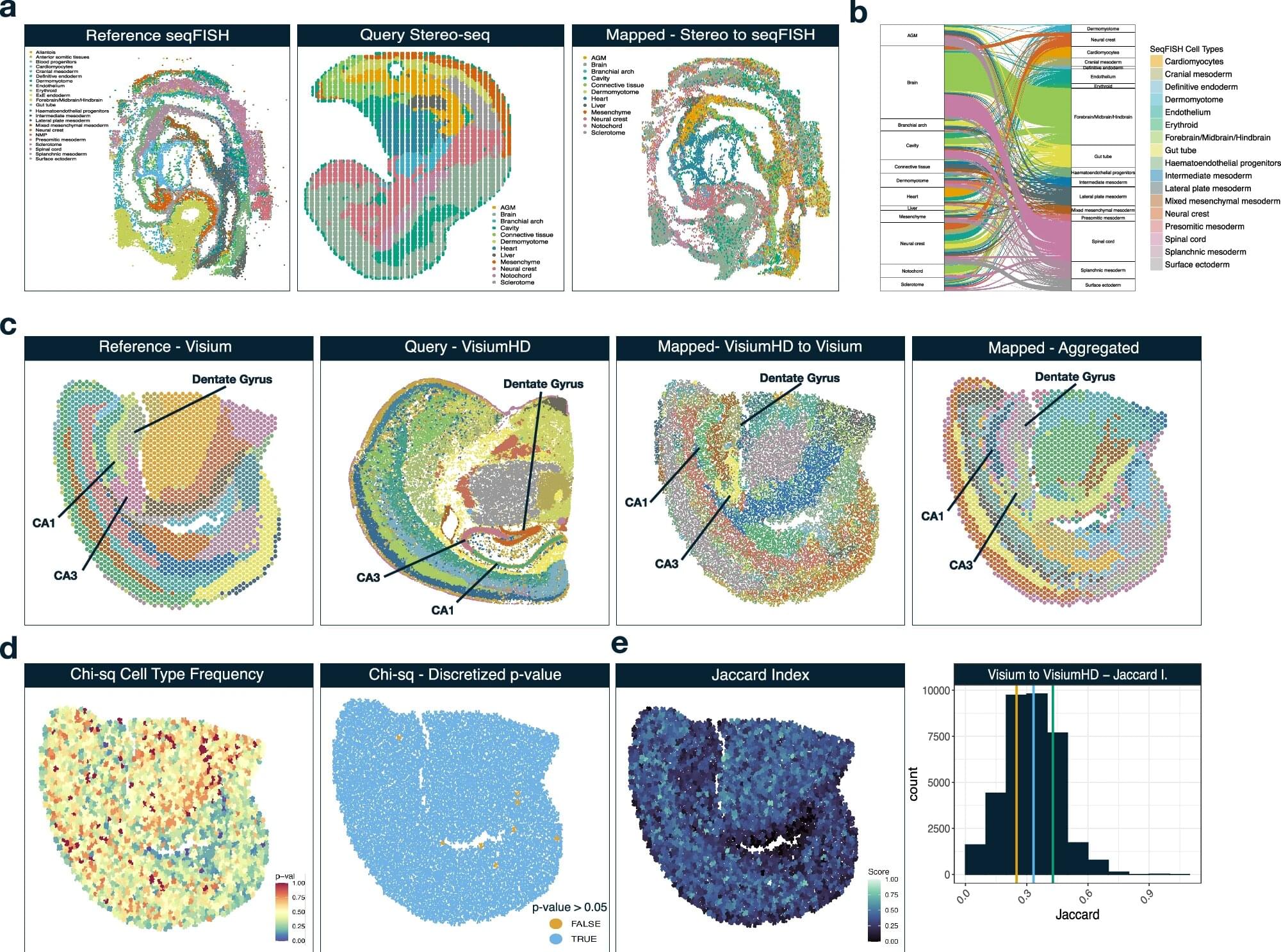Questions to inspire discussion.
📊 Q: How often do these extreme job offers occur in the tech industry? A: These hundred-million-dollar job offers are rare occurrences and not representative of typical hiring practices in the tech industry, even during boom cycles.
🔄 Q: What does Meta’s hiring freeze suggest about the AI industry? A: Meta’s sudden shift from aggressive hiring to a freeze may indicate a potential cooling in the AI sector or a strategic reassessment of their AI investments and talent needs.
Strategic Considerations for Companies.
🏢 Q: Why are big tech companies making such large offers for AI talent? A: Large tech companies are making enormous offers to secure top AI talent due to perceived strategic vulnerability and the fear of falling behind in a rapidly evolving technological landscape.
🔍 Q: What should companies consider when competing for AI talent? A: Companies should evaluate the long-term sustainability of offering extreme compensation packages and consider the potential market shifts that could affect the value of AI talent investments.






